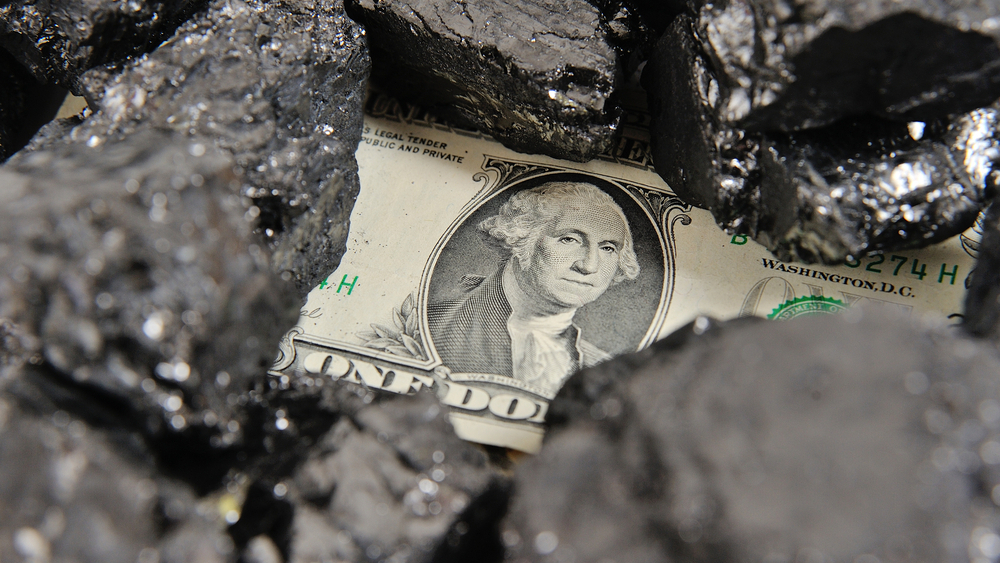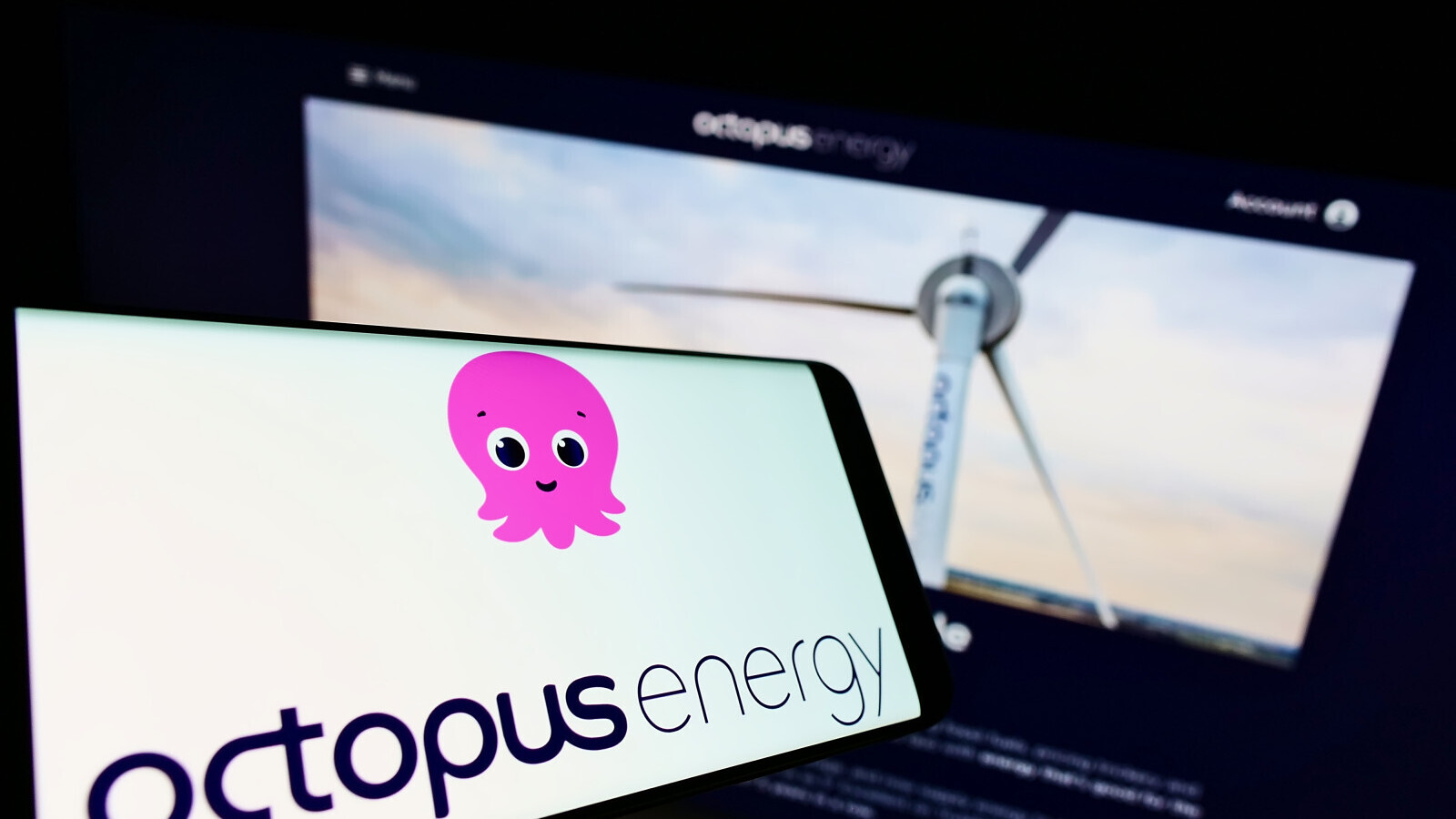
Desalination: a parallel market for hydrogen’s growth
Desalination could prove to be a crucial market running parallel with a hydrogen industry that has a global pipeline of 30 million tons per year by 2040.
Hydrogen could be pivotal in various aspects of a net-zero world such as fuel for vehicles, decarbonising hard-to-abate sectors, and its use as a transitional clean energy carrier.
There is however one crucial issue with hydrogen. To produce green hydrogen, the cleanest ‘colour’, pure water is required for the electrolysis process. As a result, the desalination market could see increased strain and market growth to facilitate the growing demand.
For hydrogen production via electrolysis, water needs to be de-ionised and be at a minimum ASTM Type II (>1 MegOhm-cm) or recommended ASTM Type I (>10 MegOhm-cm) water purity level, according to Nel Hydrogen.
One report claims the global water desalination equipment market size was valued at $13.12bn in 2020 and is expected to expand at a compound annual growth rate (CAGR) of 7.1% from 2020 to 2028 due to several factors. One factor being the growth of hydrogen production projects.
To cater for the hydrogen market, analyst firm Rystad Energy claims the current pipeline of hydrogen projects aims to produce about 30 million tons of hydrogen per year by 2040, with an annual requirement of 620mncubic metres of purified water.
“At 620mncubic metres of demand, that is a market worth of more than $400m,” says Minh Khoi Le, head of hydrogen research at Rystad and author of the report. “The pipeline of that research has since grown, and the potential opportunity for desalination could be above $600m.”
Research conducted by AdvisianAdvisian found the cost of desalination can be anywhere between $0.70-3.20 per m3 of purified water. Several factors can impact this including the size and location of the plant.
As indicated by Le, and with the considerable costs in creating ultra-pure water, this could create a substantial market for desalination.
Desalination’s role for hydrogen growth
Countries with an abundance of renewable energy potential, such as Chile, Africa, Spain and Australia, could become major producers of hydrogen with each establishing ambitions to delve deeper into the potentially lucrative hydrogen market.
However, the same Rystad report indicates “more than 70% of hydrogen electrolyser projects will be located in water-stressed areas such as Spain and Chile, and as a result nearly 85% of the hydrogen capacity lined up for 2040 may need to source water supply via desalination”.
This poses the question of whether it is possible to achieve the 620mncubic metres of demand to facilitate the hydrogen industry’s projected growth.
“This is an important question that may significantly affect existing electrolysis technology,” says Carl Fischer, CEO and founder of sHYp, creators of electrolysis technology which uses sea water instead of pure water.
“Although the desalination market and need for pure water in order to produce hydrogen could be important for the industry, too little research is going into answering how we are going to reach the annual requirement.”
Le believes, despite the substantial figures, it won’t put much stress on the market or impact the hydrogen industry: “It is achievable. It is necessary but it will not put a heavy strain on the desalination market, as the requirement is still relatively small versus agriculture use (2trncubic metre).
“In all usage globally, the demand for freshwater is 4trn cubic metres. The additional desalination for hydrogen could be scaled up to provide more water for local communities.”
Although the desalination market and need for pure water to produce hydrogen could be important, too little research is going into answering how we are going to reach the annual requirement.
Electrolysis via sea water
As revealed by Fischer, an electrolysis system able to harness sea water could be a key, exploring technology for expanding hydrogen production capacity across the globe – particularly in water-stressed regions. This is a growing area of research with multiple companies exploring its integration into the hydrogen market.
A report released by ITM Power, an electrolyser manufacturing firm, states: “The water required by electrolysers can be sourced from accessible fresh water, seawater and wastewater. In each case it must be purified and de-ionised prior to electrolysis.”
“In dry regions, islands and offshore locations, electrolysers will rely mainly on the seawater resource, and this must first be desalinated (either at scale or by integration within the electrolyser system).”
On this subject, a spokesperson from ITM Power says: “Taking seawater and splitting it makes a lot of sense. There is increasing interest in oil deep-sea platform owners in re-purposing from oil exploration and processing to the production of green hydrogen.
“The premise is that platforms that face steep decommissioning costs could pivot to hydrogen production by surrounding the platform with floating wind and using the existing assets on the platform (which always includes a desalination unit) to produce hydrogen and use the existing pipes to get it ashore.
“Green hydrogen is a massive opportunity for the desalination industry – but the industrial sector already uses a lot of desalination equipment, the key is to move away from methane derived hydrogen and use that water for electrolysis.”
As showcased, using seawater in water-stressed locations for industrial-scale green hydrogen production could help unlock a booming hydrogen market and support the global transition to net zero. Alongside this, a stable desalination market – once the costs of which have been compensated for - could ensure green hydrogen is able to be produced all around the world.




